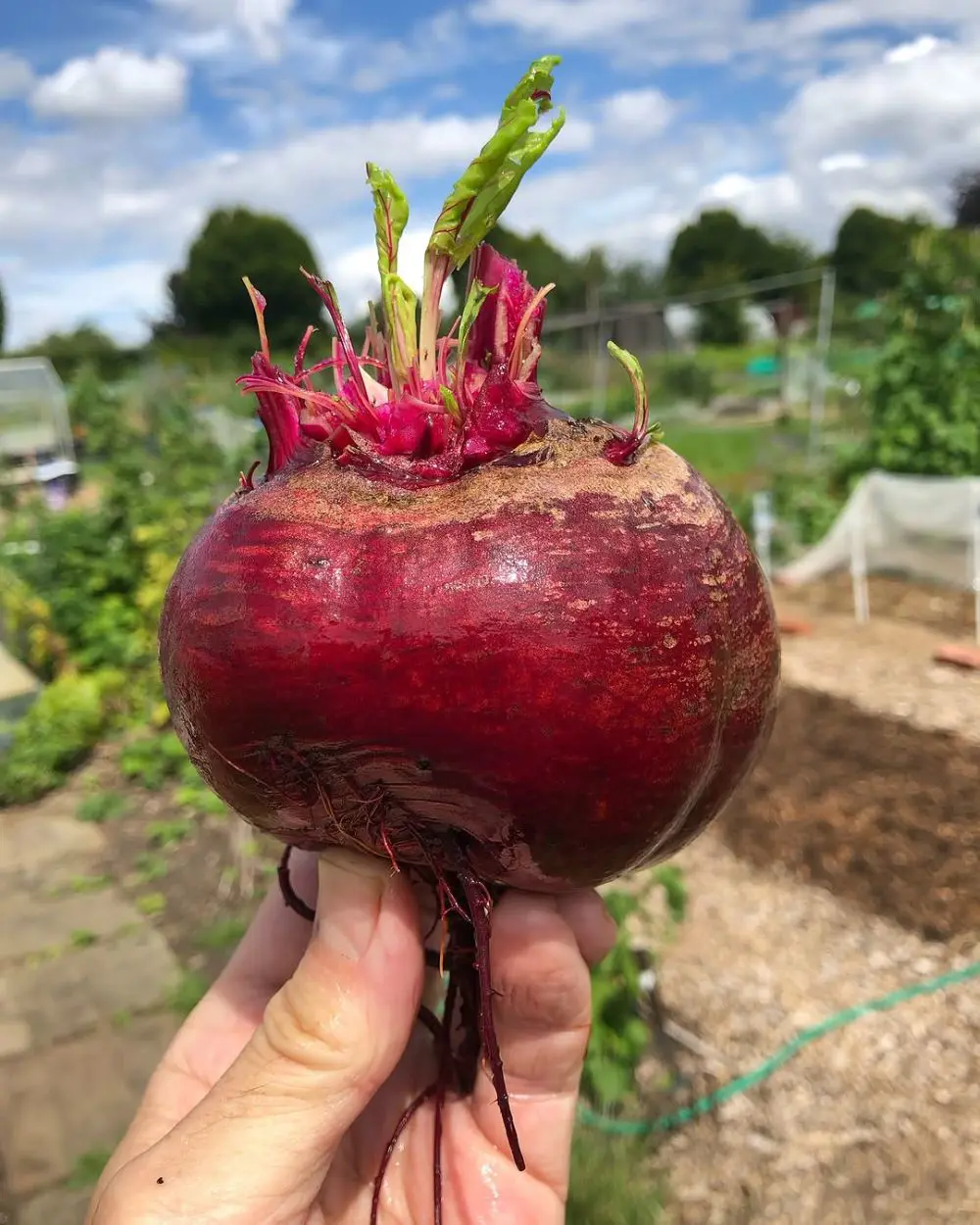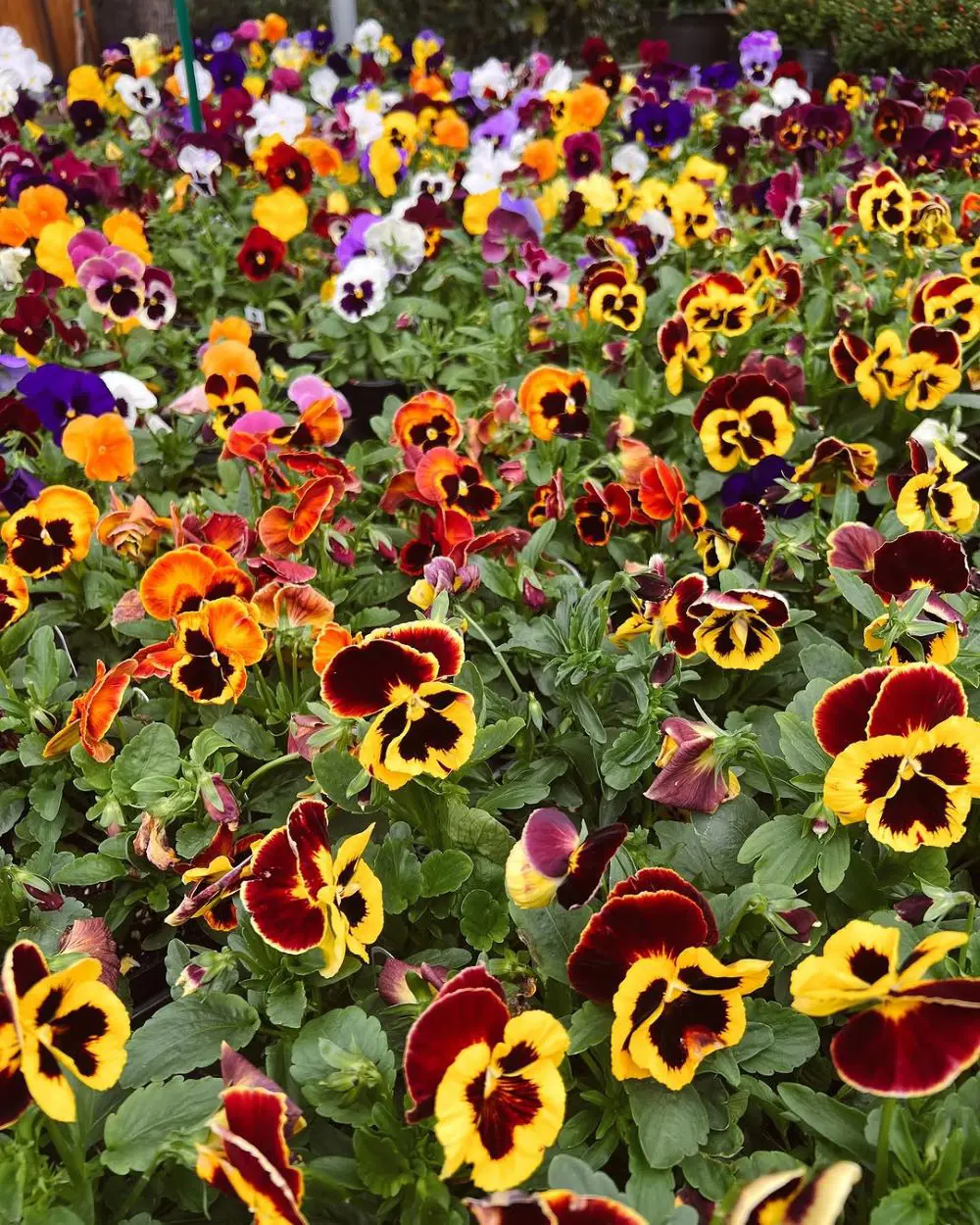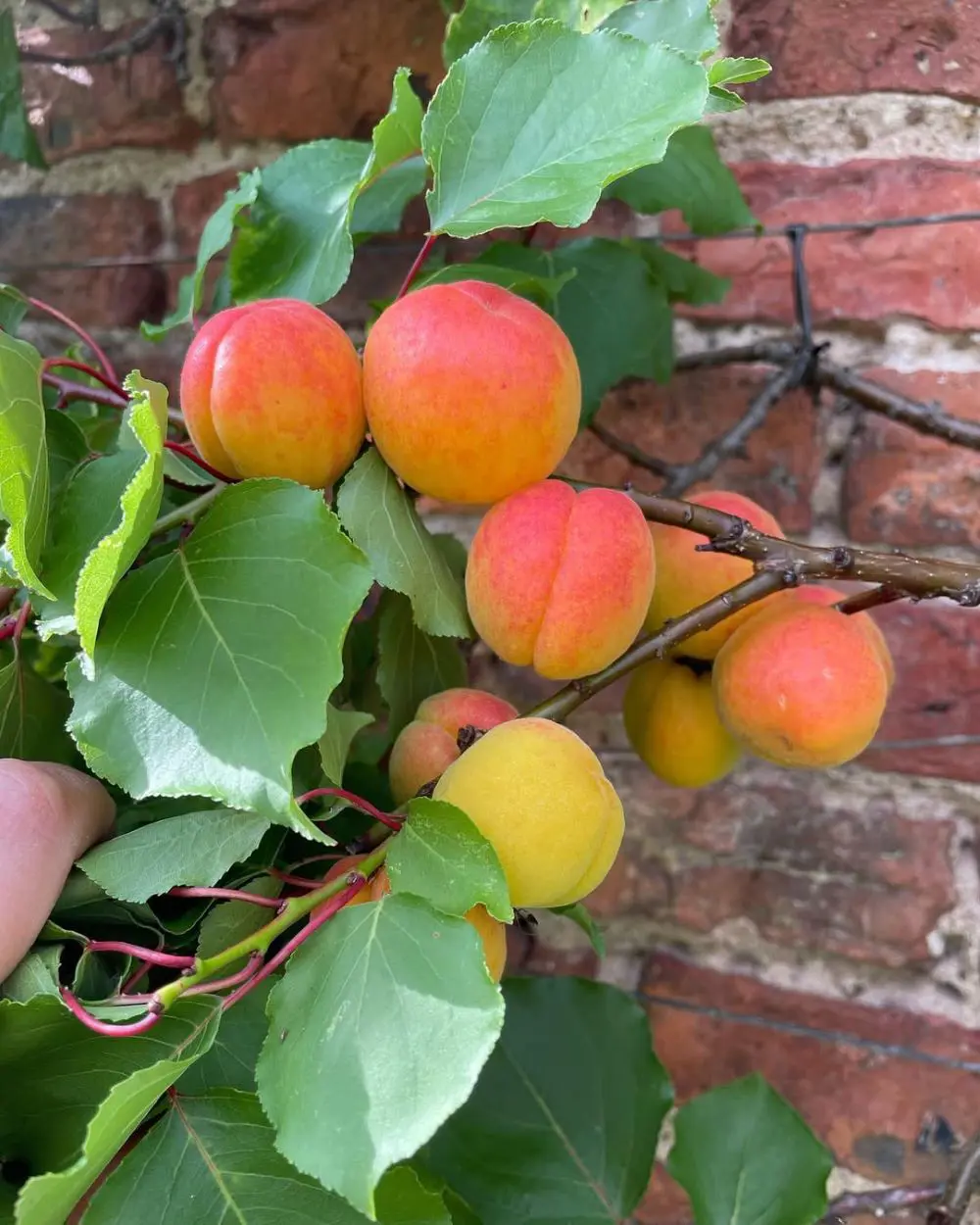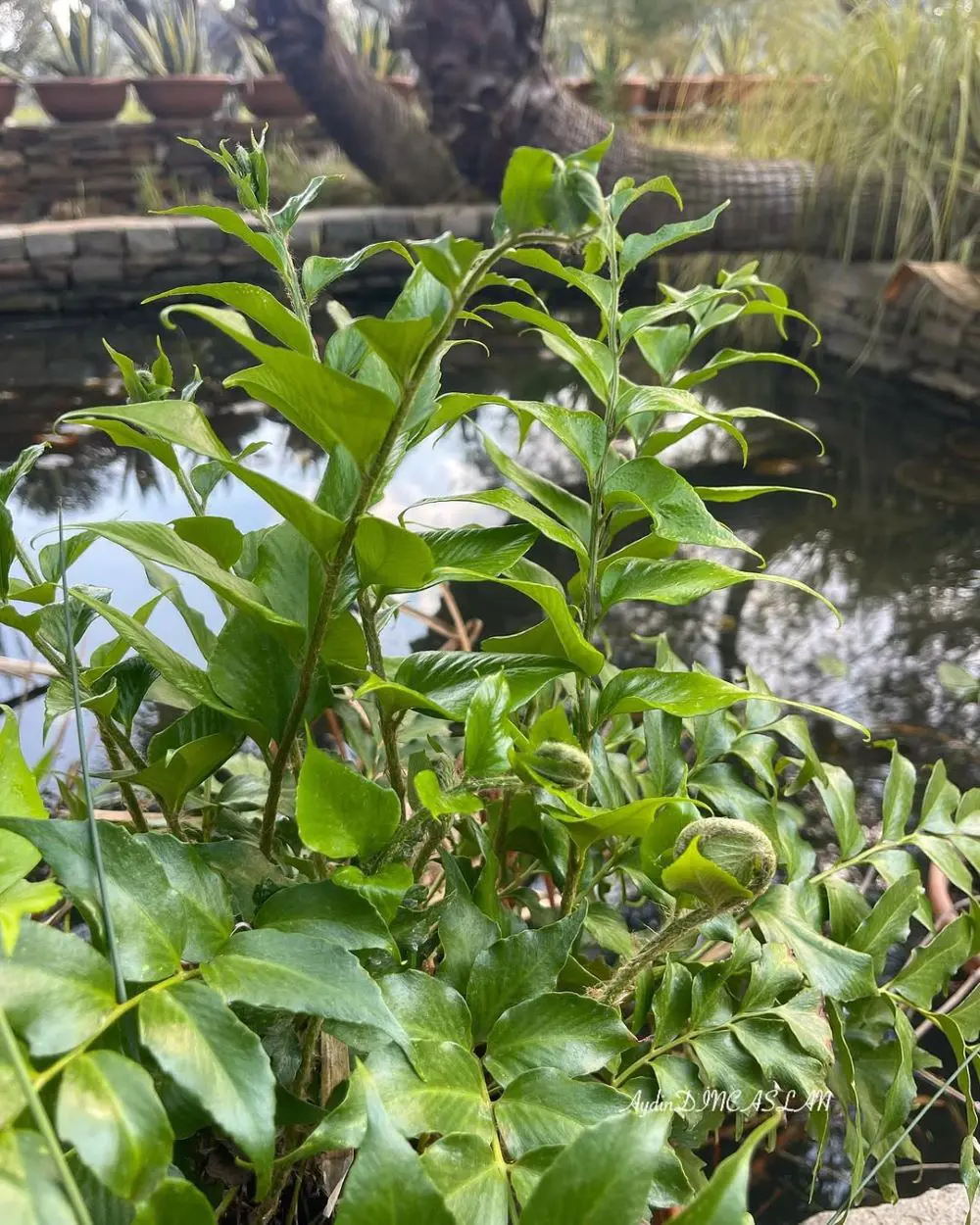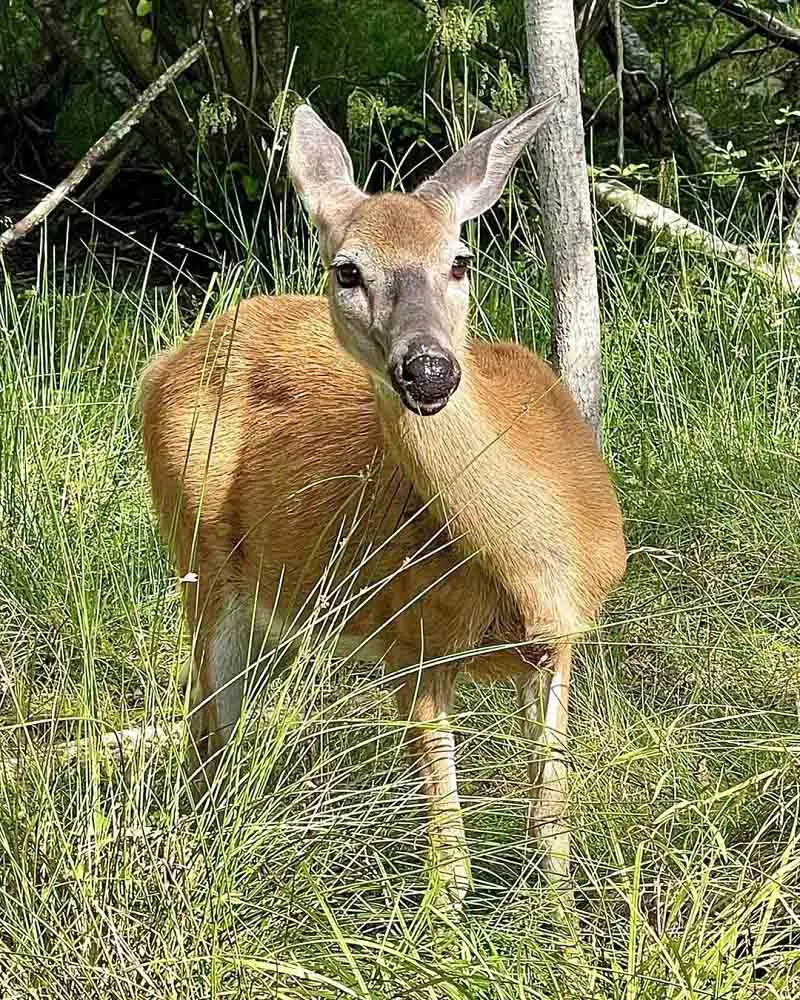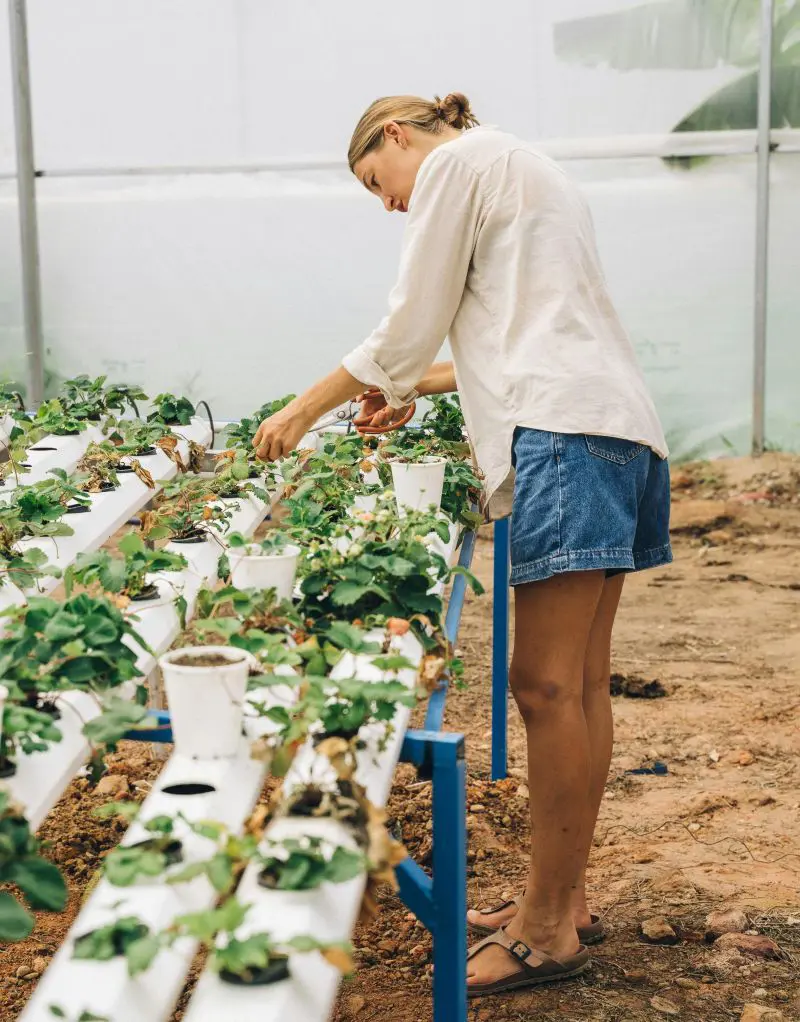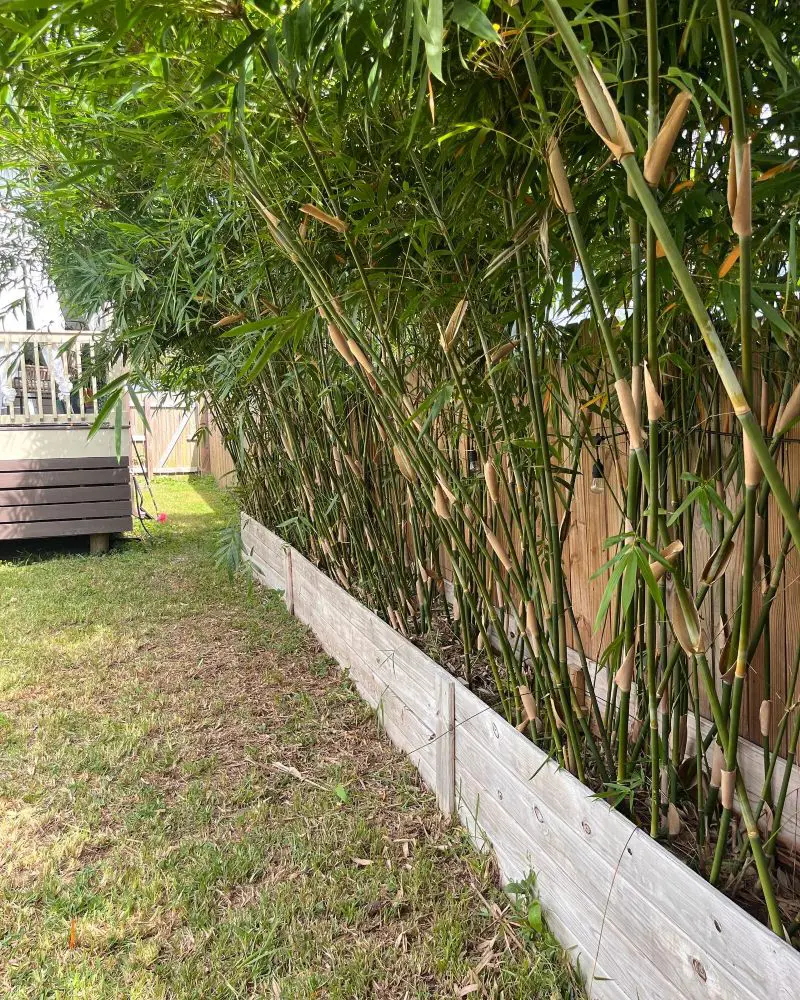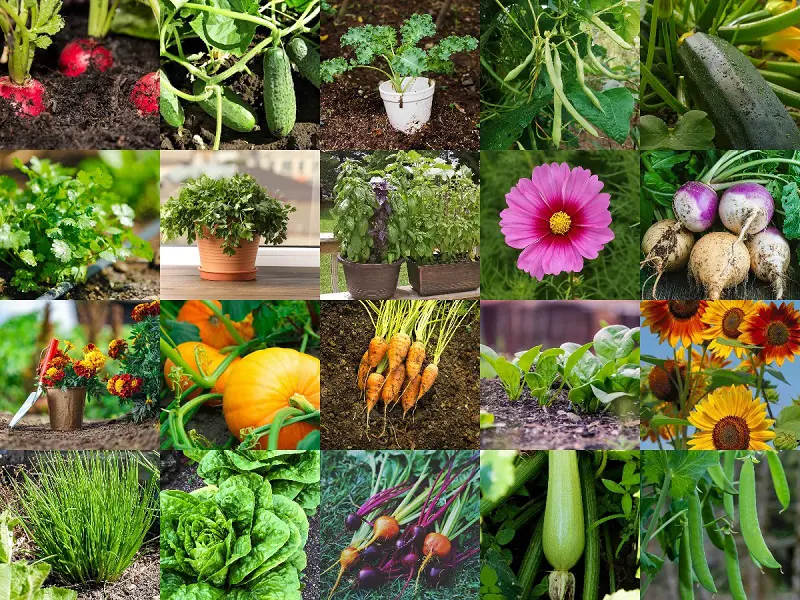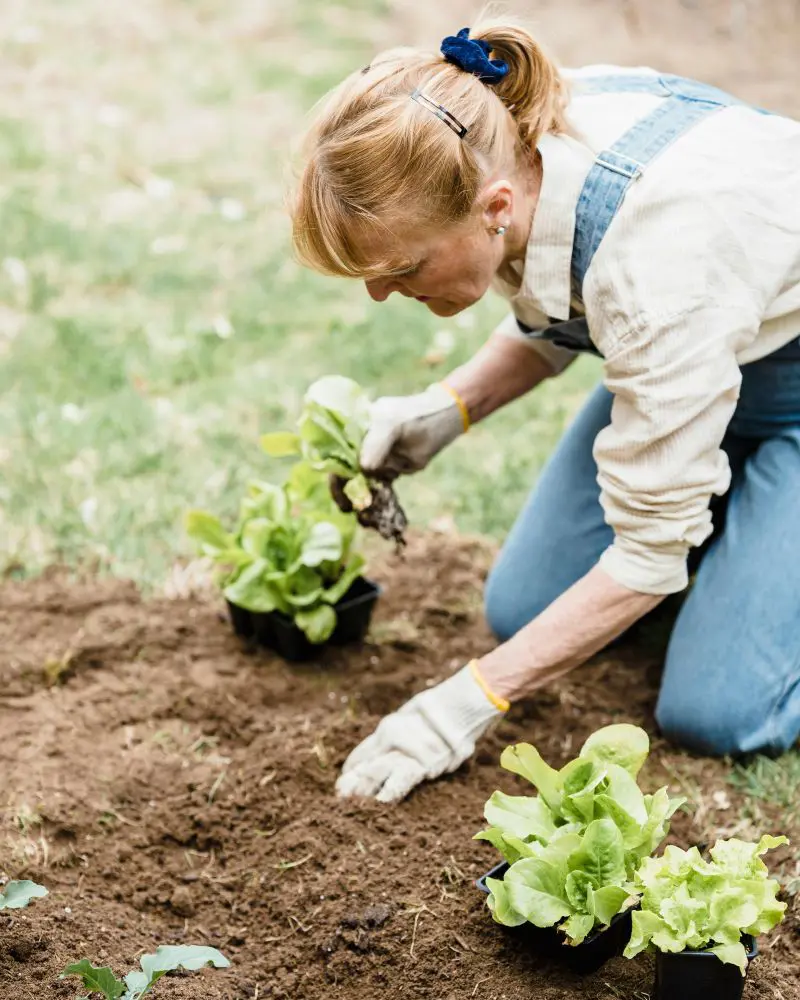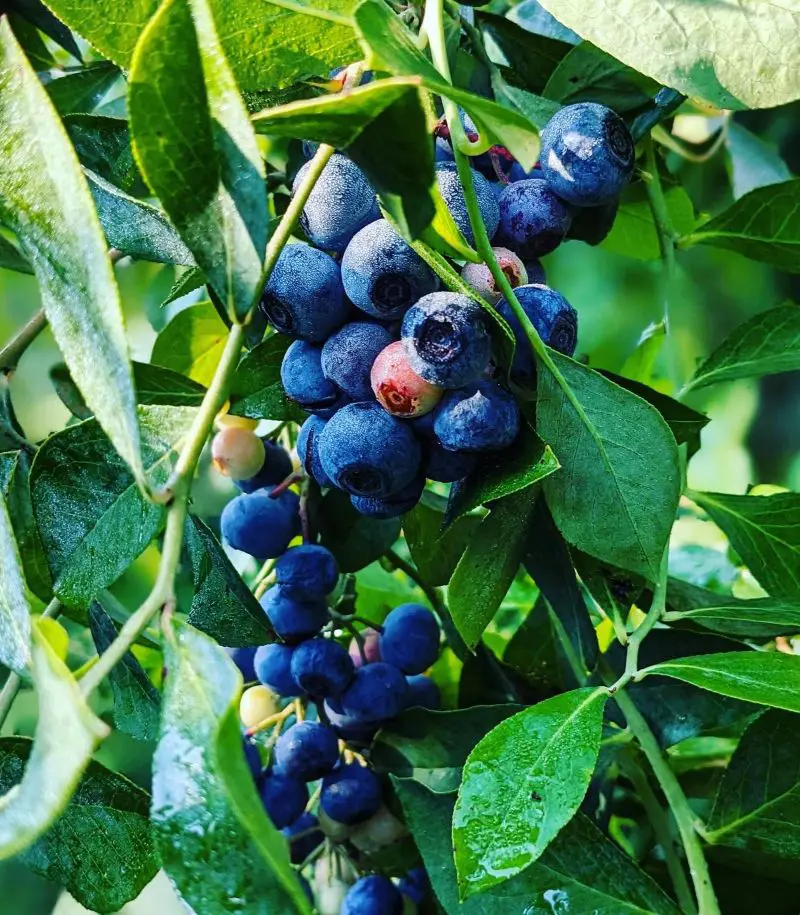Vegetable Crops
1. Beetroot
Beetroot is easy to grow, and if you live in a mild area, you may start it outside with cloches or horticultural fleece. Alternatively, since beetroot does not germinate well below 45°F (7.5°C), it is best to wait until the soil begins to warm up in March. You can plant without protection beginning in late March.
'Pablo' and 'Boltardy' are excellent early-harvesting varieties. To help seeds germinate, soak them overnight before planting. The seedlings should appear in ten to fourteen days if the seedlings are 4 inches (10 cm) apart in rows. If you have planted seeds beneath cloches or fleece, thin them out to retain the healthiest seedling in each cluster. Plant a row of seeds every two weeks to guarantee a steady supply.
2. Peas
The first planting dates for growing peas outside vary by temperature and location, but in a mild area, planting them in February should be a primary priority. Your seeds will not sprout if the soil is cold and wet, so cover the ground with plastic to warm it up and then with a fleece before planting.
Planting peas in a level ditch is the traditional way. To guarantee a steady supply, pick a reliable early type, such as Early Onward, that may be planted every four weeks until midsummer. Water the trench first, then plant the seeds in three rows along the bottom, 2 to 3 inches apart. Planting peas under sections of plastic guttering is another option; however, before planting, be sure to drill drainage holes on the bottom.
3. Spinach
An excellent way to guarantee you have lots of fresh leafy veggies is to grow spinach outside with cloches at this time of year or in containers by the back entry that you can easily protect if frost is approaching. Choose a hardy variety like 'Apollo' for best results.
Rich, wet, well-prepared soil that is finely tilled is ideal for spinach growth. You should plant seeds sparingly in rows 12 inches (30 cm) apart, about 1/2 inch (1 cm) deep. Place the seedlings in the salad bowl after they are big enough to handle, spacing them 2 inches (5 cm) apart to reduce waste.
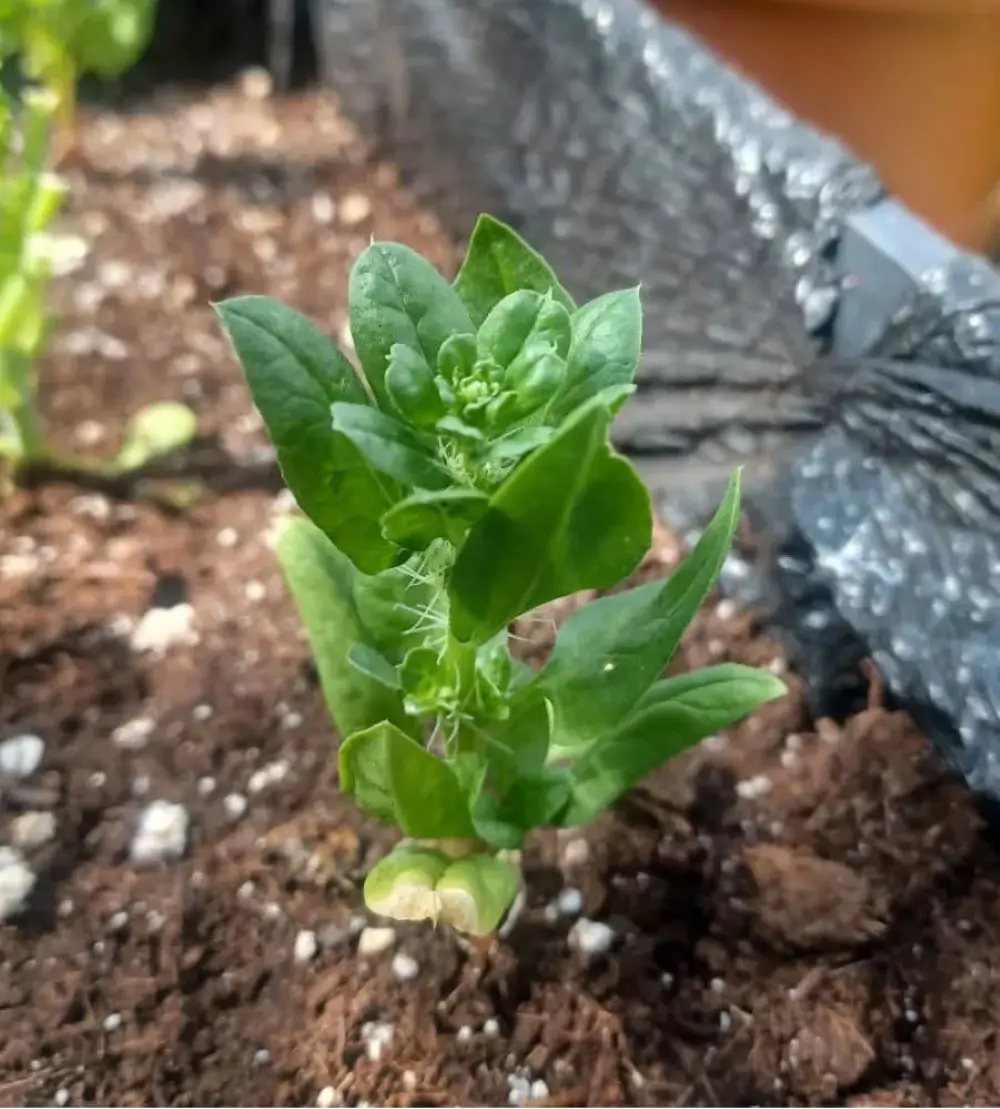
Plant extra seeds every three to four weeks to guarantee a consistent supply of fresh spinach leaves throughout the spring.
4. Chillies
One of the best ways to start your growing season early is to plant chili seeds during the cold winter. Although they thrive in warm climates, chilies need a long growing season, meaning they need enough time to reach full growth. Starting them indoors protects them from the extreme cold of the outdoors and ensures ideal circumstances for germination and strong root growth. You get healthy plants from this technique that will mature as the temperature rises.
Start by selecting chili seed varieties based on your growing conditions and tastes. Common types include habanero, cayenne, and jalapeño. Since these are ideal for germination, you need a seedling tray or tiny pots. Use high-quality seed-starting soil because it is nutrient-rich, lightweight, and drains well, making it the perfect environment for early plants.
5. Eggplant
Like chilies, beginning eggplant from seeds indoors in the winter is a clever approach because these plants need a lengthy period to grow and yield fruit. Eggplants flourish in warm weather, making early indoor planting beneficial for allowing their growth to be robust before moving them outside. Careful consideration at each phase—from germination to transplanting—is essential for a plentiful yield when cultivating eggplant from seed.
To cultivate eggplants from seeds, keep a warm setting with a soil temperature of no less than 25°C (77°F). Plant 2–3 seeds sparsely in small containers filled with seed compost, lightly cover with vermiculite and water carefully. Maintain the pots to preserve heat and moisture until seeds sprout in 7–14 days. Position seedlings in ample light and nourish with balanced plant fertilizer once the true leaves emerge. Wait until frost risk has passed before transplanting outside, gradually acclimating seedlings.
6. Swiss Chard
Among the best crops to plant in February is Swiss chard. It is a nutrient-dense leafy vegetable that grows well in mild winter and early spring. It is a wonderful selection for a garden since it is cold-resistant and adaptable. Whether you are an experienced gardener or just getting started, chard calls to anyone wanting to begin the planting season.
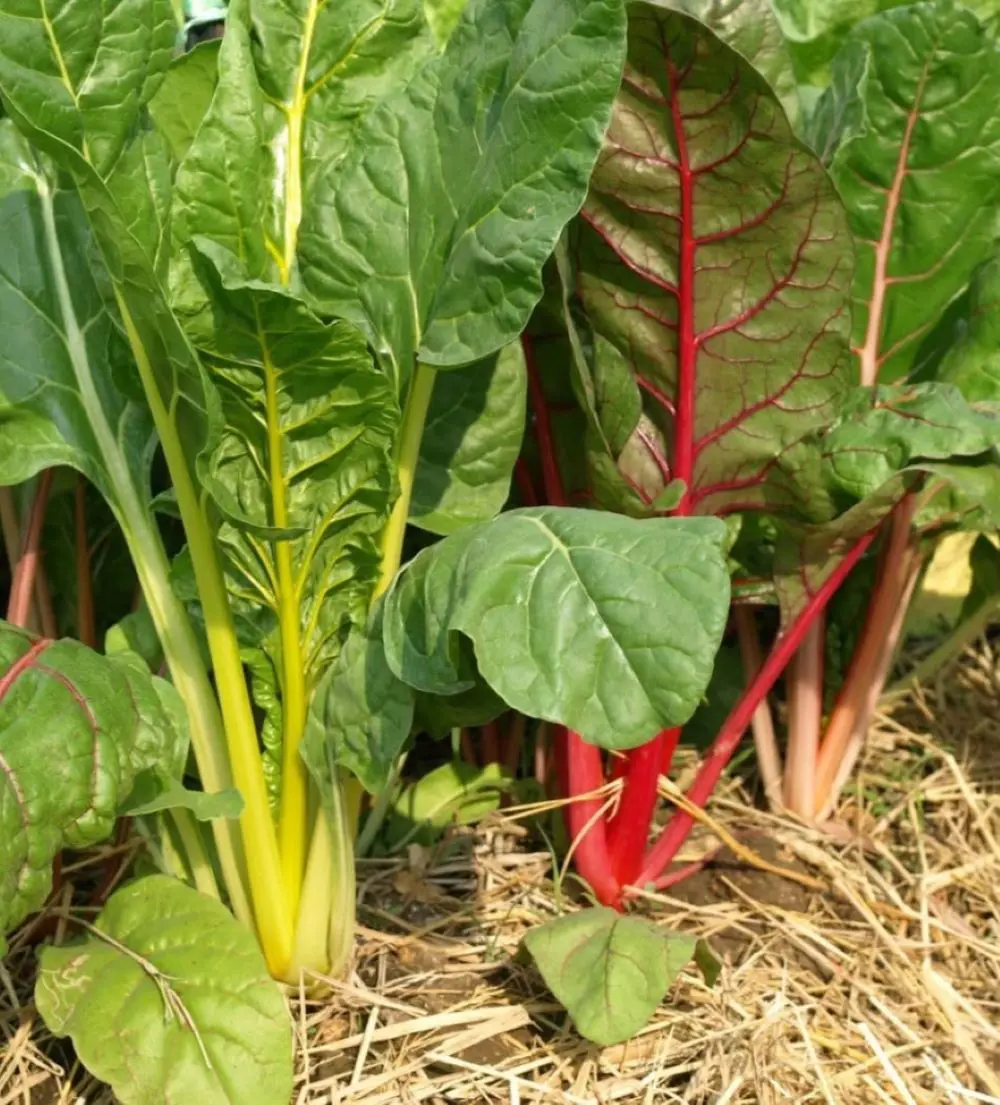
February is the best month to plant Swiss chard in hotter climates because of the mild temperatures and the beginning of soil warming. This timing is consistent with Swiss chard's early growth stage inclination for lower temperatures. Additionally, Swiss chard can tolerate mild frosts, making it perfect for the fluctuating temperatures common in February.
7. Potatoes
February to March is the recommended time to start chitting your potatoes. Chitting reduces the time it takes for seed potatoes to reach full maturity by allowing sprouts to form before planting. Chitting seed potatoes in February for planting in March or April requires that they be chitted around six weeks before the planned planting date.
Seed potatoes are preferable to regular ones because they already possess sprouts, accelerating the chitting process. Arrange the seeds in an egg box or tray upright with the small, bumpy indentations in their skin facing upward. Set your tray in a cool area that receives ample light. Select an area with a temperature of approximately 50 degrees F. You might put the seed potatoes on a porch or in a well-lit garage. In about 4 to 6 weeks, it should be ready for planting.
